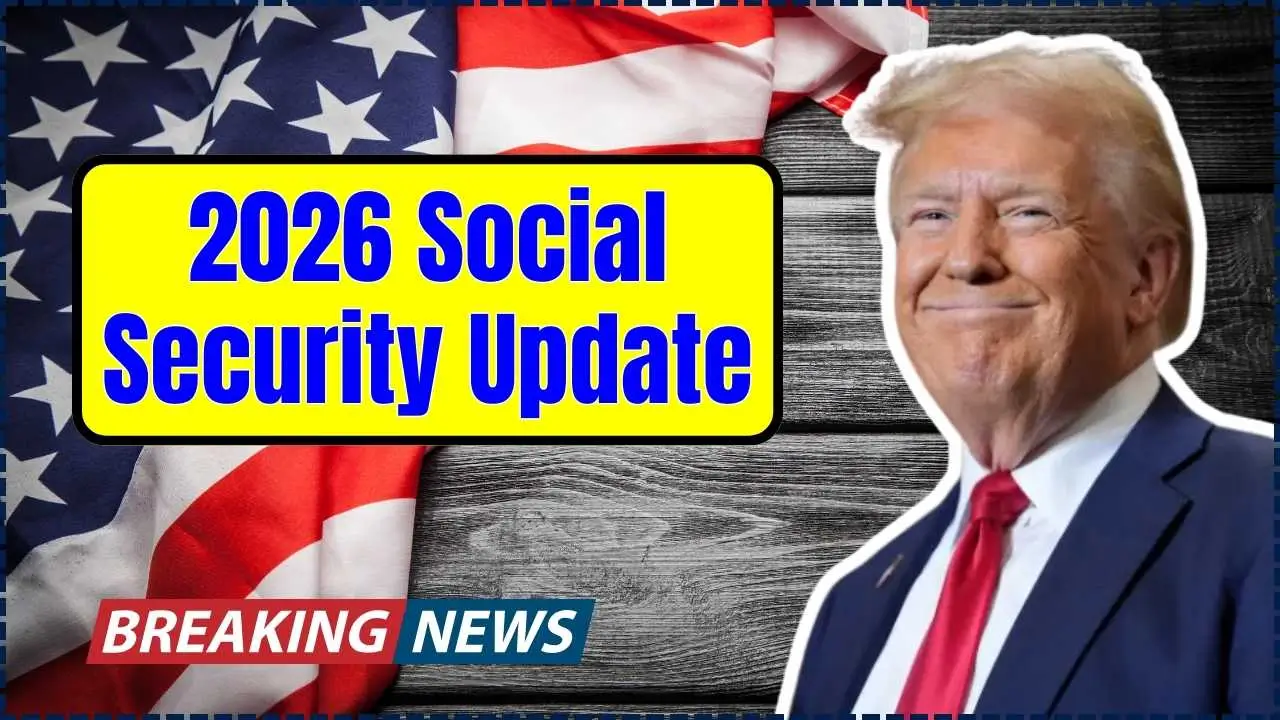Trump’s tax bill – The expiration of key provisions from the 2017 Tax Cuts and Jobs Act (TCJA) at the end of 2025, coupled with new proposals from President Donald Trump, signals a significant shift in the U.S. tax landscape. These potential changes could directly impact individual taxpayers and businesses, influencing everything from disposable income to investment strategies. Understanding Trump’s tax bill proposals and the broader tax outlook for 2025 is crucial for financial planning.

The Looming Expiration of the TCJA
Many provisions of the Tax Cuts and Jobs Act of 2017, which significantly restructured the U.S. tax code, are set to expire on December 31, 2025.This expiration specifically impacts individual income tax rates, the standard deduction, personal exemptions, and certain itemized deductions. Without congressional action, these elements would revert to their pre-TCJA levels, potentially leading to higher tax liabilities for many Americans.
The corporate tax rate, notably reduced from 35% to a permanent 21% under the TCJA, is not subject to this expiration. However, other business-related provisions, such as the 20% deduction for qualified business income (QBI) for pass-through entities and certain depreciation rules, are also slated to sunset.
Key Proposals in Trump’s Tax Bill for 2025
President Donald Trump and congressional Republicans have put forth proposals aimed at extending many of the expiring TCJA provisions and introducing new tax policies. These proposals, often referred to collectively as the “One Big Beautiful Bill,” aim to stimulate economic growth and reduce tax burdens for specific groups.
Individual Tax Changes: Potential Savings and Losses
The core of the proposed individual tax changes focuses on making permanent the lower income tax rates established by the TCJA. This would prevent the marginal tax rates from reverting to higher pre-2017 levels. Additionally, proposals include maintaining the increased standard deduction, which nearly doubled under the TCJA, thereby benefiting many taxpayers who do not itemize.
However, the impact varies across income brackets. According to a preliminary analysis by the Congressional Budget Office (CBO) based on the House version of the proposed legislation, taxpayers in the top 10 percent of income earners could see an average increase of about 2.3 percent in their resources, equating to approximately $12,000 annually. Middle-income taxpayers might experience a more modest rise, estimated between $500 to $1,000 per year on average. Conversely, taxpayers in the lowest 10 percent of earners could see their resources drop by roughly 3.9 percent of their income, an average reduction of about $1,600 per year. This suggests a potentially regressive impact on lower-income households.
New proposals also include a temporary elimination of taxes on tip income and overtime pay for tax years 2025 through 2028. While a full repeal of taxes on Social Security benefits, a campaign promise, has not been included in the current legislative proposals, an expanded standard deduction for seniors is being considered as an alternative measure to ease the tax burden on older Americans, as reported by Kiplinger.
Changes to Deductions and Credits
A significant point of contention and potential change is the State and Local Tax (SALT) deduction cap. The TCJA imposed a $10,000 cap on this deduction, which particularly impacted taxpayers in high-tax states.10 Current proposals suggest raising the SALT cap, with the House version proposing an increase to $40,000, phasing out for higher-income taxpayers.
The Child Tax Credit (CTC), currently at $2,000, is proposed to increase to $2,500, effective from 2025 through 2028, after which it would revert to $2,000. New “Trump accounts” are also proposed, allowing tax-deferred savings for children up to $5,000 annually, with qualified distributions taxed at lower long-term capital gains rates.

Business Tax Implications
While the corporate tax rate of 21% is permanent, other business provisions are part of the current debate. The qualified business income (QBI) deduction, which allows certain pass-through entities to deduct up to 20% of their qualified business income, is set to expire. Proposals aim to make this deduction permanent and potentially increase its value to 23%.
Furthermore, changes to bonus depreciation rules are anticipated. While 100% bonus depreciation has been phasing out, current proposals seek to maintain or restore more generous depreciation schedules, which would allow businesses to write off investments more quickly. These measures are designed to incentivize capital investment and foster economic growth.
Economic Outlook and Broader Impact
Expert analyses from organizations like the Tax Foundation indicate that extending the expiring TCJA provisions would decrease federal tax revenue by approximately $4.5 trillion from 2025 through 2034. However, these analyses also project an increase in long-run Gross Domestic Product (GDP), with the Senate Finance Committee’s version of the bill estimated to boost GDP by 1.1 percent. This economic growth could offset a portion of the revenue losses, with some estimates suggesting economic growth could pay for up to 19-22% of the tax cuts, according to the Tax Foundation.
The White House Council of Economic Advisers projects that the “One Big Beautiful Bill” could lead to significant increases in real wages and after-tax take-home pay for families, along with substantial job creation. However, the Congressional Budget Office has offered a more conservative forecast for GDP growth, projecting a 0.4% increase by the end of 2034 compared to current law. This discrepancy highlights the ongoing debate among economists regarding the long-term fiscal and economic effects of such comprehensive tax reform.
The discussion surrounding these tax proposals underscores a fundamental debate about fiscal policy: the balance between stimulating economic growth through tax cuts and addressing the national debt. Lawmakers are navigating the complexities of budget reconciliation rules to enact these changes, which allow for a fast-track legislative process without requiring a supermajority in the Senate.16 The ultimate form of the Trump’s tax bill will depend on continued negotiations and the legislative process in the coming months.
FAQs
Q1: What are the main parts of Trump’s proposed tax bill for 2025?
A1: President Trump’s proposals, often referred to as the “One Big Beautiful Bill,” primarily aim to make permanent the lower individual income tax rates from the 2017 Tax Cuts and Jobs Act (TCJA). Other key elements include extending the increased standard deduction, potentially raising the State and Local Tax (SALT) deduction cap, increasing the Child Tax Credit, and introducing new deductions for seniors and tax-deferred “Trump accounts” for children. Temporary elimination of taxes on tip income and overtime pay is also proposed.
Q2: Why are these tax changes being discussed for 2025?
A2: Many significant provisions of the 2017 Tax Cuts and Jobs Act, particularly those affecting individual taxpayers, are set to expire on December 31, 2025. This means that without new legislation, tax rates, the standard deduction, and other elements would revert to their pre-2017 levels, likely resulting in higher taxes for many. Trump’s proposed bill seeks to prevent this reversion and implement further changes.
Q3: How might Trump’s tax bill affect middle-income taxpayers?
A3: According to analyses from the Congressional Budget Office (CBO), middle-income taxpayers could see a modest increase in their after-tax resources, estimated between $500 to $1,500 per year on average, if the proposed bill passes. This is mainly due to the extension of current lower income tax rates and the increased standard deduction. However, the exact impact will vary based on individual circumstances and the final form of the legislation.
Q4: Will Trump’s tax bill raise taxes on lower-income individuals?
A4: Analyses from organizations like the CBO and Yale University’s Budget Lab suggest that, when accounting for both tax and spending cuts in the broader “One Big Beautiful Bill” (which includes elements beyond just tax policy), taxpayers in the lowest income deciles could experience a net reduction in their household resources. Some analyses specifically indicate that the lowest 10 percent of earners could see their resources drop by about 3.9 percent of their income, or approximately $1,600 per year on average.








